In a compensated capacitance type quantity indicating system the contents gauge ? [ Regulation weather ]
Question 41-1 : Remain the same increase by 5% decrease by 5% increase by 10%
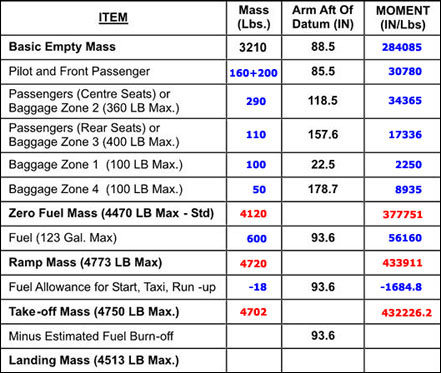 Remain the same.
Remain the same. On an multi engine aircraft a synchroscope is used to .1 reduce structural ?
Question 41-2 : 1 is correct 2 is incorrect 1 is correct 2 is correct 1 is incorrect 2 is correct 1 is incorrect 2 is incorrect
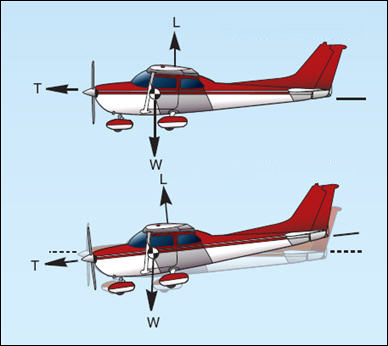 1 is correct, 2 is incorrect.
1 is correct, 2 is incorrect. The basic principle of a capacitance fuel gauge system is that the ?
Question 41-3 : Capacity of a capacitor depends on the nature of the dielectric in which it is immersed internal resistance of a capacity depends on the nature of the dielectric in which it is immersed capacity of a capacitor depends only on the density of the liquid on which it is immersed electromotive force of a capacity depends on the nature of the dielectric in which it is immersed
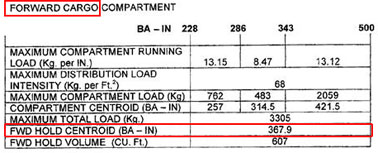 Capacity of a capacitor depends on the nature of the dielectric in which it is immersed.
Capacity of a capacitor depends on the nature of the dielectric in which it is immersed. Assuming that the cas remains constant if the total pressure probe is blocked ?
Question 41-4 : Remains constant during level flight increases during a climb and decreases during a descent remains constant during level flight decreases during a climb and increases during a descent increases during level flight remains constant during a climb and a descent remains constant during all the phases of the flight
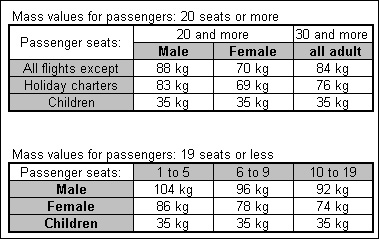 Remains constant during level flight, increases during a climb and decreases during a descent.
Remains constant during level flight, increases during a climb and decreases during a descent. Gas turbine engine rotational speed rpm is usually sensed using either ?
Question 41-5 : A 3 phase ac tachometer generator or an ac phonic wheel system a single phase ac tachometer generator or an ac phonic wheel system a 28vdc tachometer generator or an ac phonic wheel a 28vdc tachometer generator or a dc phonic wheel
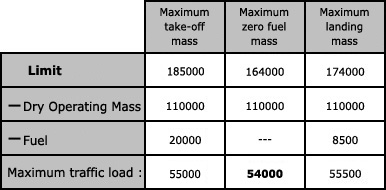 A 3 phase ac tachometer generator or an ac phonic wheel system.
A 3 phase ac tachometer generator or an ac phonic wheel system. The output from an engine vibration transducer is ?
Question 41-6 : Always filtered to remove unwanted frequencies inversely proportional to engine speed directly proportional to engine speed fed directly to the indicator in the cockpit without amplification or filtering
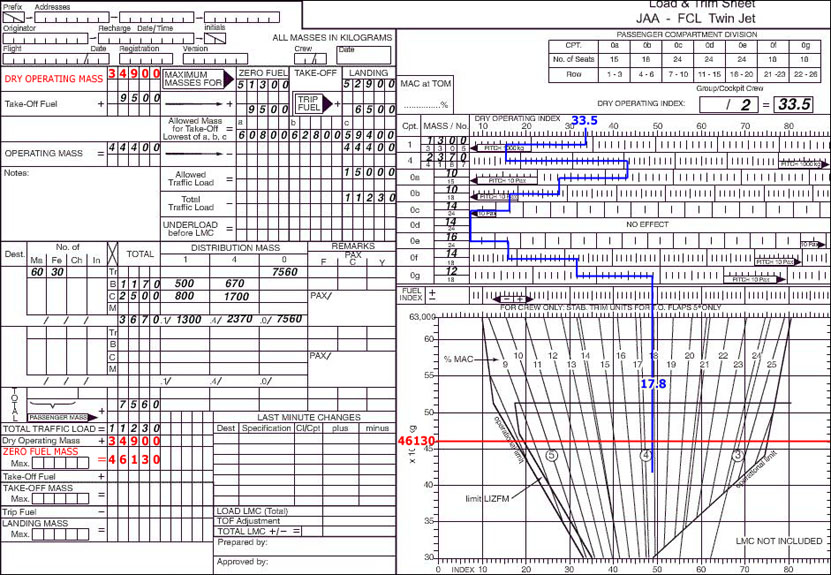 Always filtered to remove unwanted frequencies.
Always filtered to remove unwanted frequencies. The sensor s feeding the epr indicator is are ?
Question 41-7 : Pressure probes one located upstream from the compressor inlet and the other downstream from the turbine outlet temperature probes one located upstream from the compressor inlet and an other downstream from the turbine outlet tachometer located on the shaft of the n2 compressor tachometer located on the shaft of the n1 compressor
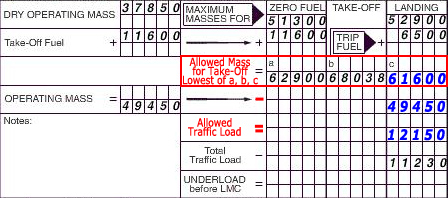 Pressure probes, one located upstream from the compressor inlet, and the other downstream from the turbine outlet.
Pressure probes, one located upstream from the compressor inlet, and the other downstream from the turbine outlet. The rpm indicator or tachometer of a piston engine can include a small red arc ?
Question 41-8 : Propeller generates vibration continuous rating is forbidden rating is the maximum possible in continuous mode rating is the minimum usable in cruise propeller efficiency is minimum at this rating
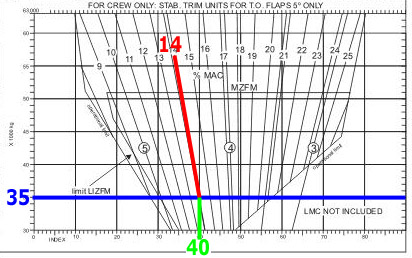 Propeller generates vibration, continuous rating is forbidden
Propeller generates vibration, continuous rating is forbidden A three phase electrical tachometer consists of ?
Question 41-9 : A three phase generator a synchronous motor and a magnetic tachometer three associated dynamos a speed probe and a phonic wheel three speed probes and a phonic wheel
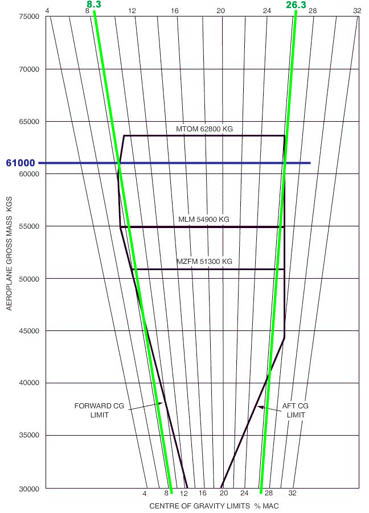 A three-phase generator, a synchronous motor and a magnetic tachometer.
A three-phase generator, a synchronous motor and a magnetic tachometer. Cas can be obtained from the following data ?
Question 41-10 : Eas and pressure altitude eas and density altitude tas and pressure altitude tas and density altitude
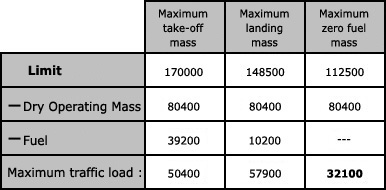 Eas and pressure altitude.
Eas and pressure altitude. The properties of a single phase electrical tachometer are .1 indication ?
Question 41-11 : 1 2 3 1 2 1 3 2 3
Concerning a fuel gauge system a pilot is more interested by the ?
Question 41-12 : Mass of the fuel than the volume of the fuel volume of the fuel than the mass of the fuel volume of the fuel than the density of the fuel volume of the fuel than the permittivity of the fuel
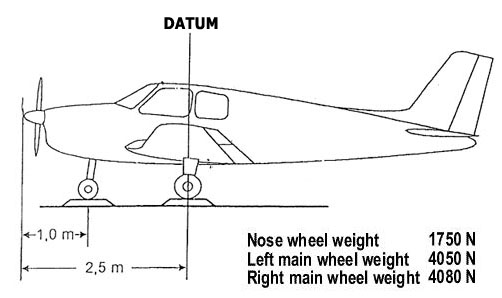 Mass of the fuel than the volume of the fuel.
Mass of the fuel than the volume of the fuel. A float type fuel gauge . 1 gives a mass information. 2 gives information ?
Question 41-13 : 4 1 2 3 4 1 3 4 1
A magnetic tachometer consists of ?
Question 41-14 : A permanent magnet turning inside a non magnetic drag cup a single phase generator connected to a synchronous motor a single phase generator connected to a asynchronous motor a three phase generator connected to a synchronous motor
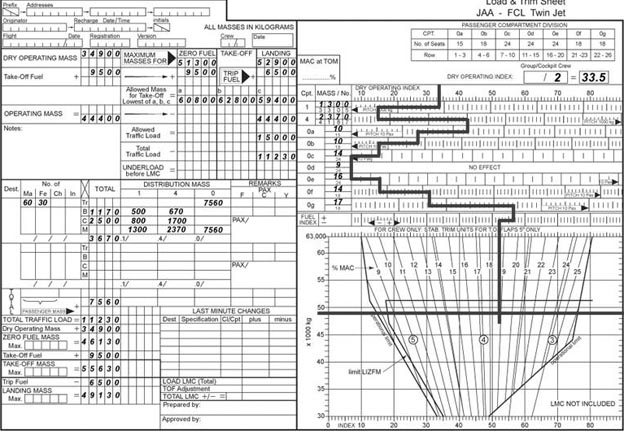 A permanent magnet turning inside a non magnetic drag cup.
A permanent magnet turning inside a non magnetic drag cup. Given the following parameters in a capacitance fuel gauge the correct formula ?
Question 41-15 : Capacitance = e x a / d capacitance = e x d / a capacitance = a x d / e capacitance = e x d x a
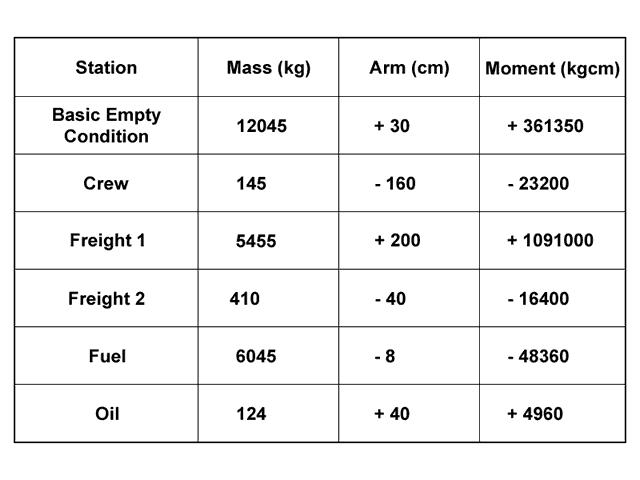 Capacitance = e x a / d
Capacitance = e x a / d A three phase electrical tachometer utilises a generator feeding ?
Question 41-16 : A synchronous motor turning a drag cup directly a voltmeter directly a galvanometer directly a drag cup
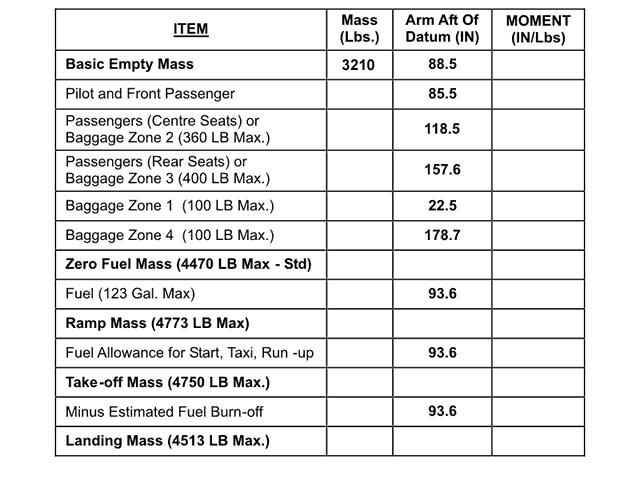 A synchronous motor turning a drag cup.
A synchronous motor turning a drag cup. The operating principle of an inductive probe tachometer is to measure the ?
Question 41-17 : Frequency of the electric impulse created by a notched wheel rotating in a magnetic field electromotive force produced by a dynamo or an alternator rotation speed of an asynchronous motor energized by an alternator magnetic field produced by a dynamo or an alternator
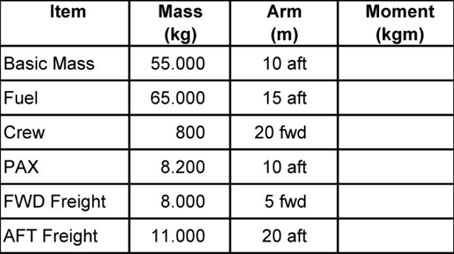 Frequency of the electric impulse created by a notched wheel rotating in a magnetic field.
Frequency of the electric impulse created by a notched wheel rotating in a magnetic field. The unit used to measure the capacitance of a capacitor is the ?
Question 41-18 : Farad hz joule watt
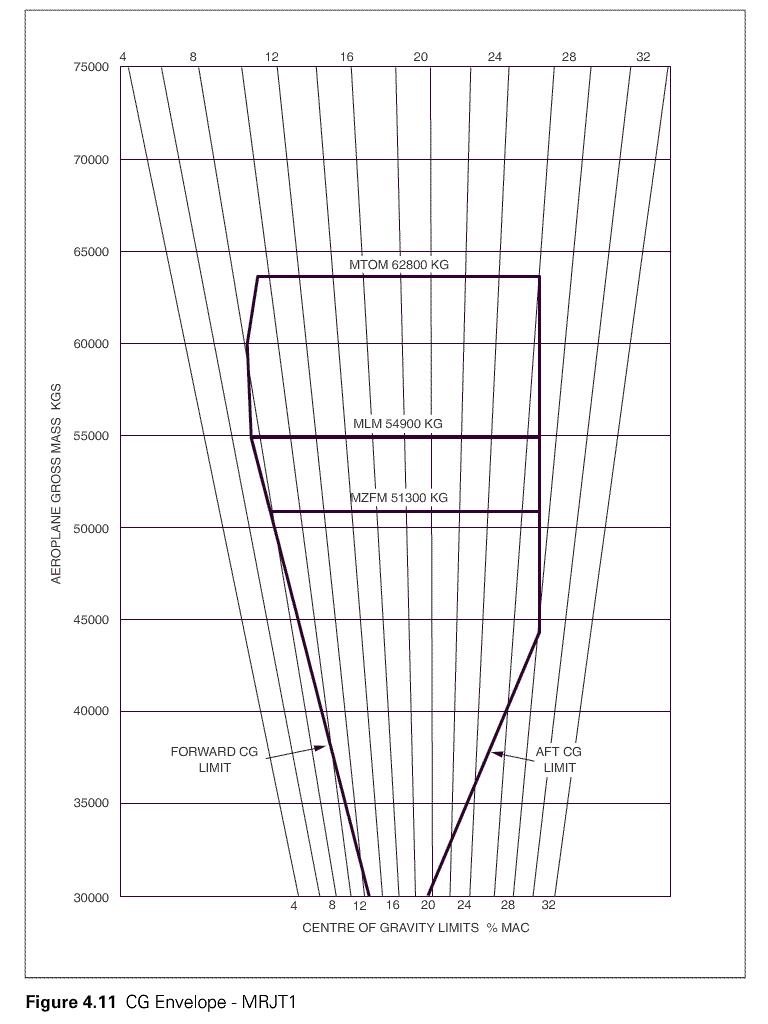 Farad.
Farad. Any vibration displayed on an engine vibration monitoring system for a turbojet ?
Question 41-19 : Indicates rotor imbalance is directly proportional to engine speed varies inversely as the square of the engine speed is presented without any amplification or filtering
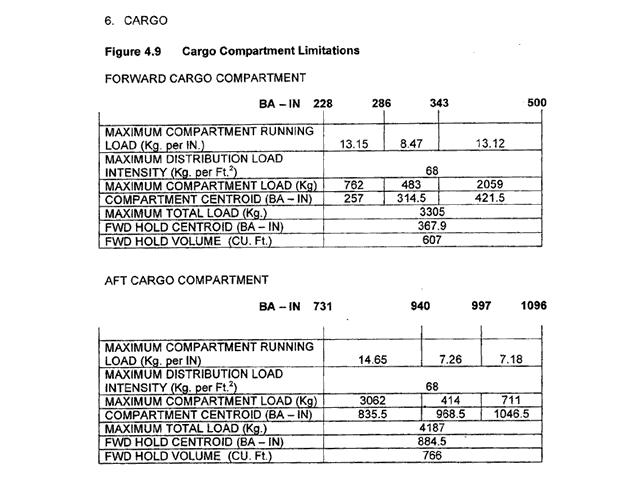 Indicates rotor imbalance.
Indicates rotor imbalance. 6000 psi is approximately equivalent to ?
Question 41-20 : 400 bar 40 bar 4 bar 4000 bar
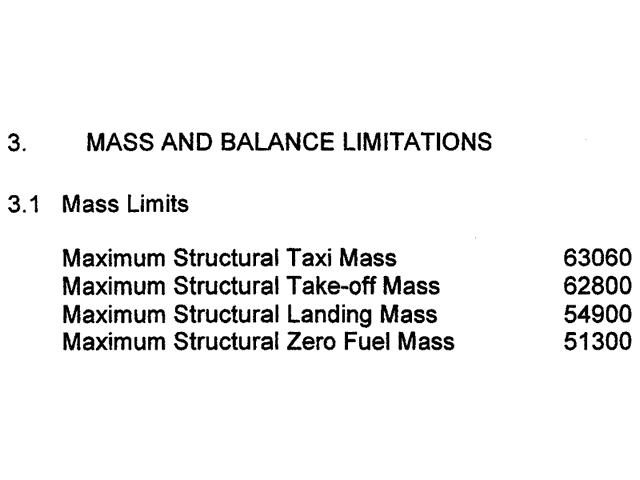 400 bar.
400 bar. 1 bar equals how many pascals ?
Question 41-21 : 100000 pa 1000 pa 10 pa 100 pa
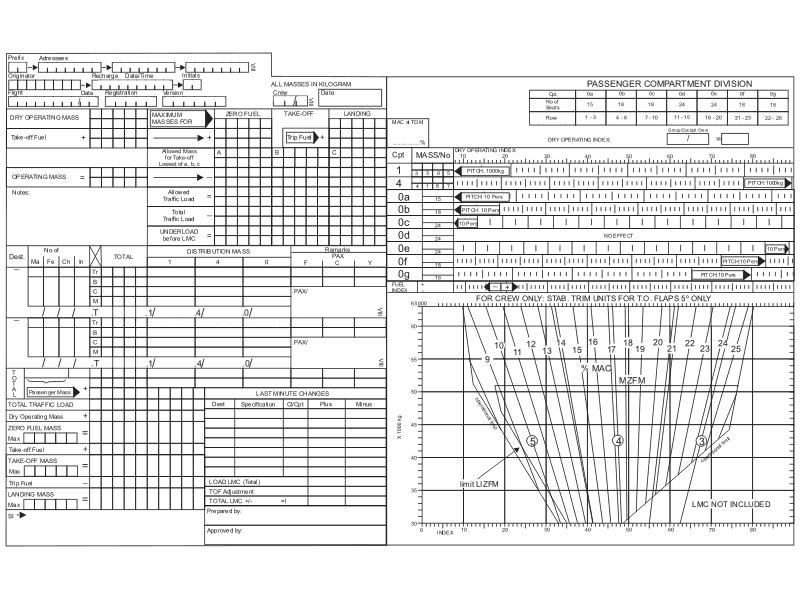 100000 pa.
100000 pa. What is the relation between c and k . c celsius° k kelvin ?
Question 41-22 : C=k 273 15 k=c 273 15 k=c*1 8+32° c=k*1 8+32°
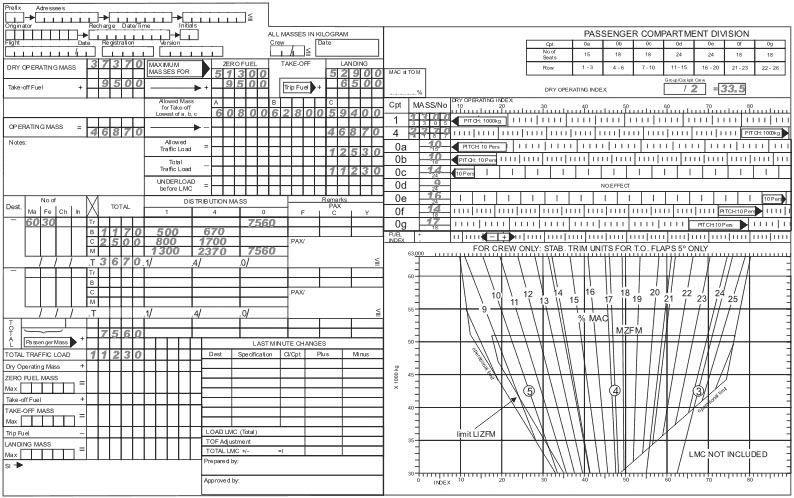 C=k-273.15
C=k-273.15 Which of these statements about temperature units are correct or incorrect .1 ?
Question 41-23 : I is correct ii is correct i is incorrect ii is correct i is incorrect ii is incorrect i is correct ii is incorrect
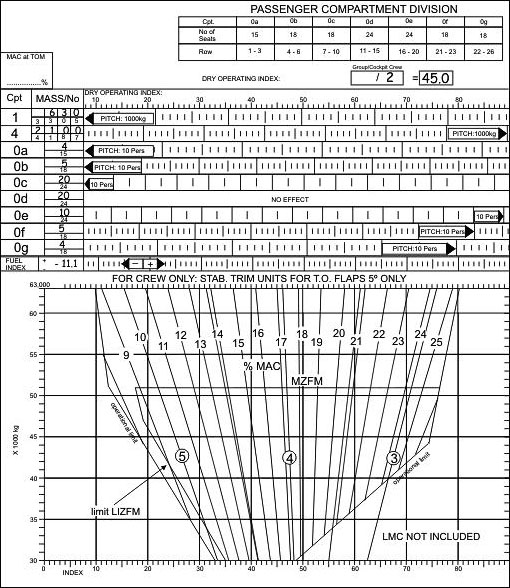 I is correct, ii is correct.
I is correct, ii is correct. Which of these statements are correct or incorrect .1 +15° celsius = 273 15° ?
Question 41-24 : I is incorrect ii is correct i is correct ii is correct i is incorrect ii is incorrect i is correct ii is incorrect
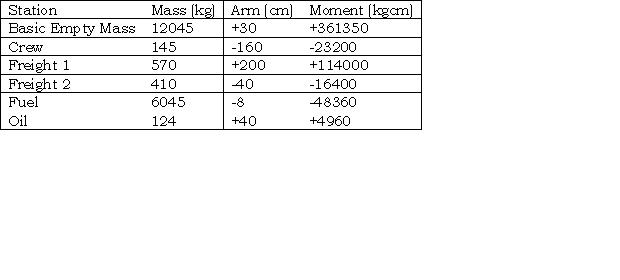 I is incorrect, ii is correct.
I is incorrect, ii is correct. Which statement is correct regarding relation between kelvin k fahrenheit f ?
Question 41-25 : I is incorrect ii is correct i is correct ii is correct i is incorrect ii is incorrect i is correct ii is incorrect
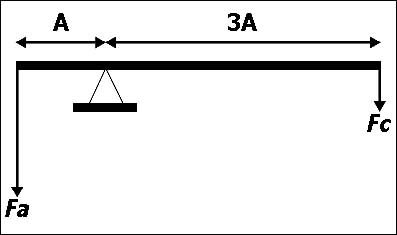 I is incorrect, ii is correct.
I is incorrect, ii is correct. Which of these statements are correct or incorrect .1 +15° celsius = 288 15° ?
Question 41-26 : I is correct ii is correct i is incorrect ii is correct i is incorrect ii is incorrect i is correct ii is incorrect
The correct relation is ?
Question 41-27 : 0 45 kg = 1 lb 4 5 kg = 1 lb 1 kg = 4 5 lb 1 kg = 0 45 lb
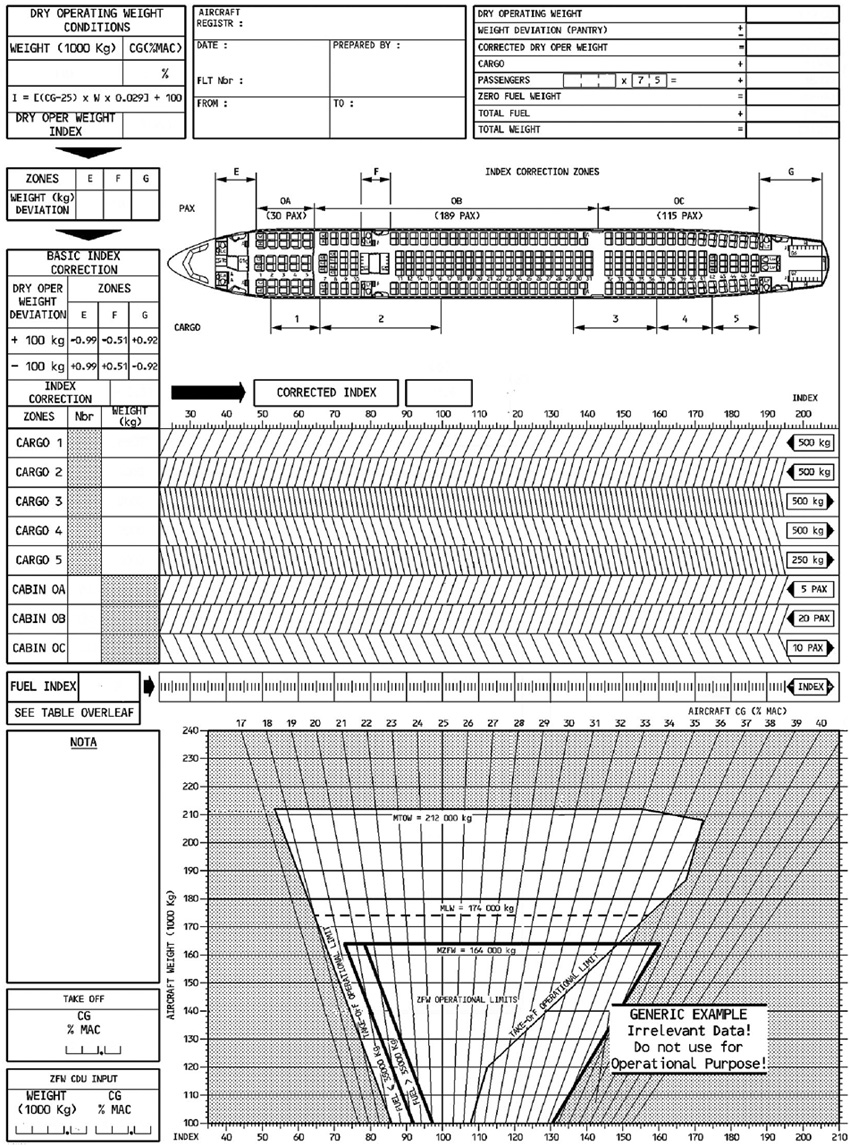 0.45 kg = 1 lb
0.45 kg = 1 lb A pressure of 1013 25 hpa is corresponding to ?
Question 41-28 : 14 5 psi et 29 92 inhg 1 45 psi et 29 92 inhg 14 5 psi et 28 87 inhg 1 45 psi et 28 87 inhg
Given .q = charge coulombs .u = potential difference between the plates volt ?
Question 41-29 : Q = c u q = u²/c q = c/u q = u/c
 Q = c.u
Q = c.u 20 bar is approximately equal to ?
Question 41-30 : 300 psi 10 psi 200 psi 40 psi
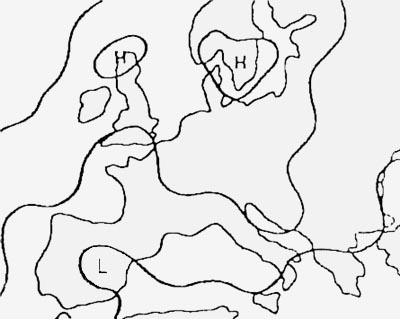 300 psi.
300 psi. The relation between c and k is . c celsius° k kelvin ?
Question 41-31 : K = c + 273 15 c k = 273 15 c = 0 8 k + 1 123 c = 273 + k
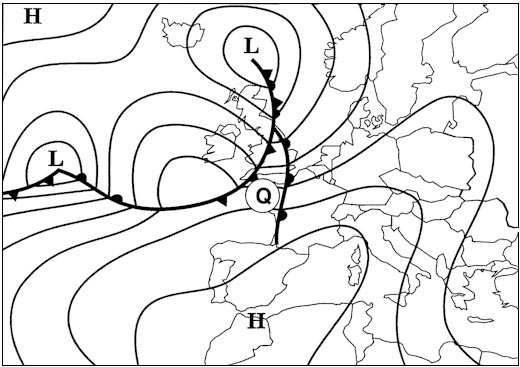 K = c + 273,15
K = c + 273,15 A pressure of 200 bar is equivalent to approximately ?
Question 41-32 : 3000 psi 300 psi 30 psi 3 psi
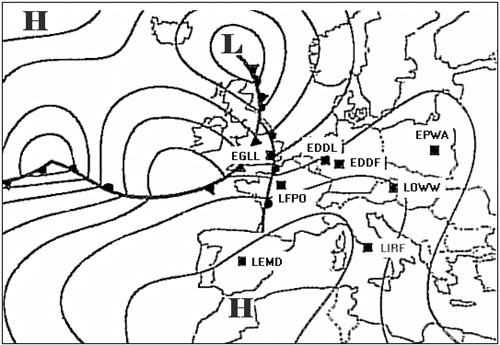 3000 psi.
3000 psi. Changes in temperature of the fuel affect its density volume and dielectric ?
Question 41-33 : A decreases in volume increases in density and increases in er a decreases in volume decreases in density and decreases in er an increases in volume increases in density and increases in er an increases in volume decreases in density and decreases in er
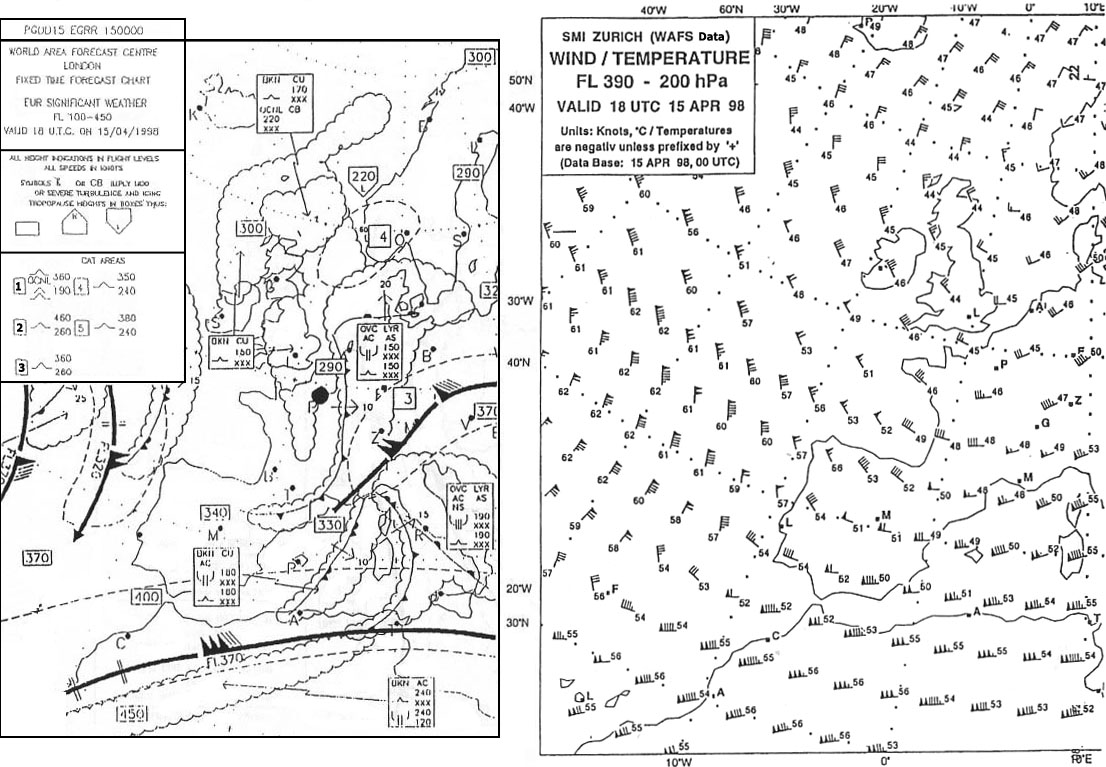 A decreases in volume, increases in density and increases in er.
A decreases in volume, increases in density and increases in er. On a multi engine aircraft a synchroscope provides ?
Question 41-34 : An automatic and/or a visual system to synchronize the propellers rotation speeds a visual system to synchronize the propellers rotation speeds an automatic system to synchronize the propellers rotation speeds that any given blade of an engine propeller is in the same relative position as the corresponding blade of the propeller on the master engine
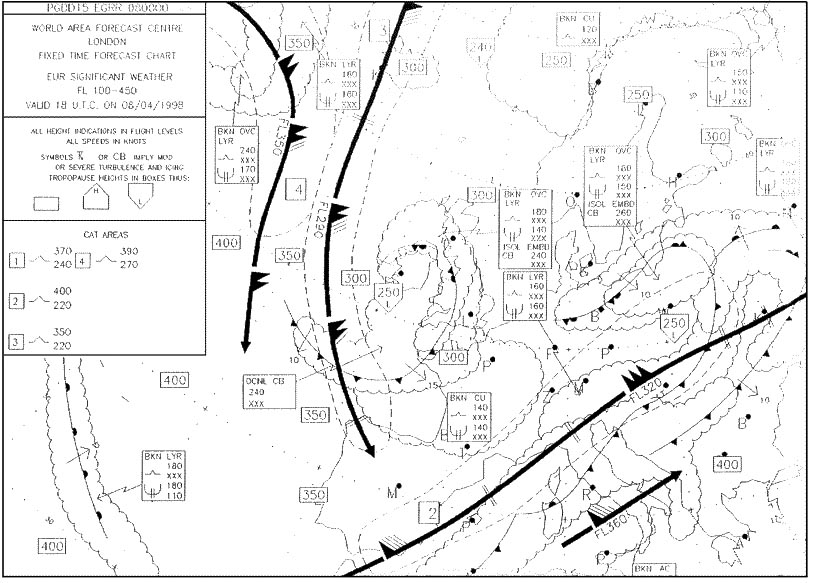 An automatic and/or a visual system to synchronize the propellers rotation speeds.
An automatic and/or a visual system to synchronize the propellers rotation speeds. The parameters used to represent thrust are .1 n1 low pressure shaft speed .2 ?
Question 41-35 : 1 4 1 3 2 3 2 4
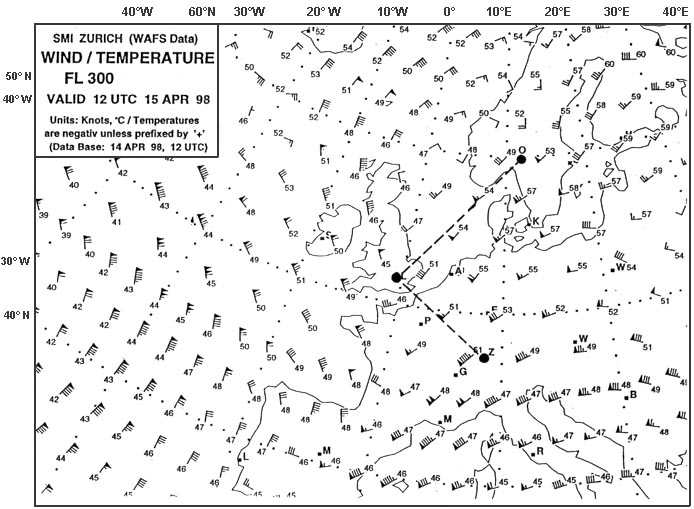 1, 4.
1, 4. Which statement about fuel flow are correct or incorrect .i fuel flow may be ?
Question 41-36 : I is correct ii is correct i is incorrect ii is incorrect i is correct ii is incorrect i is incorrect ii is correct
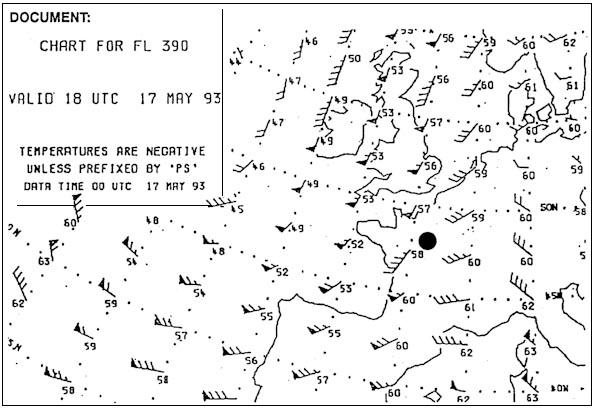 I is correct, ii is correct.
I is correct, ii is correct. In a vibration monitoring system a filter .1 erases any output which is normal ?
Question 41-37 : 1 is correct 2 is correct 1 is incorrect 2 is incorrect 1 is incorrect 2 is correct 1 is correct 2 is incorrect
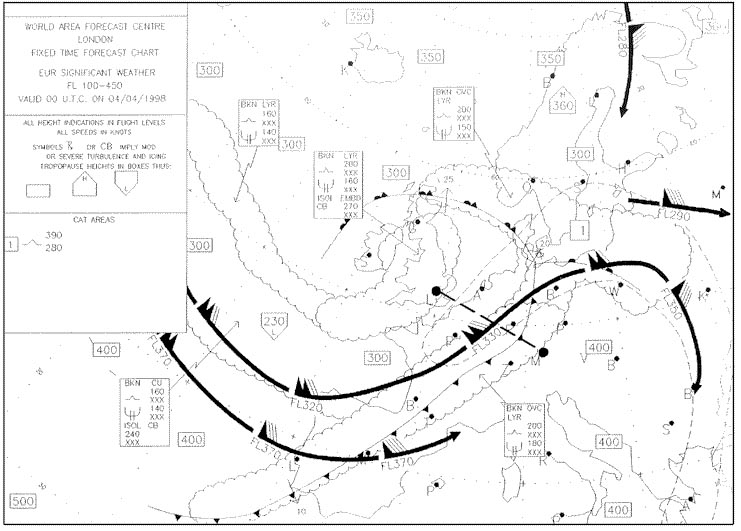 1 is correct, 2 is correct.
1 is correct, 2 is correct. Torque measurement is based on ?
Question 41-38 : Twist of the torque shaft of a known length pt7/pt2 pt2/pt7 change in frequency between torque shaft and reference shaft
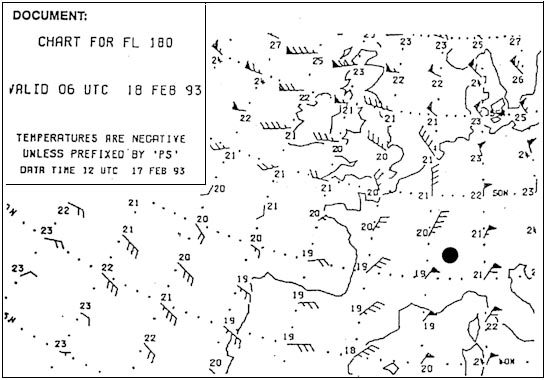 Twist of the torque shaft of a known length.
Twist of the torque shaft of a known length. For an engine vibration indicator vibration monitoring system ?
Question 41-39 : No specific unit is displayed rotor imbalance is shown as a percent of n1 rotor imbalance is mesured by pounds per unit of time vibrations are proportional to torque
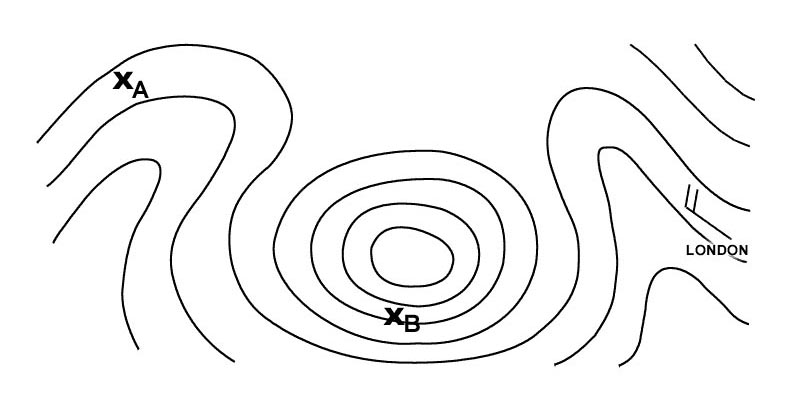 No specific unit is displayed.
No specific unit is displayed. Given .p = power t = torque n = rpm.the correct relationship is ?
Question 41-40 : P=tn p=t/n p=tn² p=t/n²
 P=tn
P=tn Feedback.
Your feedback on our MCQs or on your own exams is essential to improve our offer and offer you the best possible content. Share your impressions with us to help us optimize our services and better meet your revision needs easa certification exam.
Exclusive rights reserved. Reproduction prohibited under penalty of prosecution.
1599 Free Training Exam Other source study: Ppl exam examen 41
